Rising Energy Costs
The Solar Window Market is experiencing a surge in demand due to escalating energy costs. As traditional energy prices continue to rise, consumers and businesses are increasingly seeking alternative energy solutions. Solar windows, which integrate photovoltaic technology into building materials, offer a dual benefit of energy generation and aesthetic appeal. According to recent data, energy prices have increased by approximately 15% over the past three years, prompting a shift towards renewable energy sources. This trend is likely to drive investments in solar window technologies, as they provide a viable solution for reducing energy expenses while contributing to sustainability goals. The Solar Window Market is thus positioned to capitalize on this growing need for cost-effective energy solutions.
Environmental Awareness
Growing environmental awareness among consumers is significantly impacting the Solar Window Market. As individuals and organizations become more conscious of their carbon footprints, there is a heightened demand for sustainable energy solutions. Solar windows, which provide a renewable energy source while reducing reliance on fossil fuels, align with these environmental goals. Recent surveys indicate that over 70% of consumers are willing to invest in energy-efficient technologies that contribute to sustainability. This shift in consumer behavior is likely to drive the adoption of solar windows, as they offer a practical solution for reducing energy consumption and promoting eco-friendly practices. The Solar Window Market is thus poised to thrive in an environment where sustainability is increasingly prioritized.
Technological Innovations
Technological advancements are a driving force in the Solar Window Market. Innovations in materials and manufacturing processes have led to the development of more efficient and aesthetically pleasing solar windows. Recent breakthroughs in transparent photovoltaic cells have improved energy conversion rates, making solar windows a more attractive option for consumers. The market has seen a rise in efficiency levels, with some products achieving over 15% energy conversion. These advancements not only enhance the performance of solar windows but also expand their applications in various settings, from residential to commercial buildings. As technology continues to evolve, the Solar Window Market is likely to experience increased adoption rates, driven by consumer demand for high-performance energy solutions.
Urbanization and Building Demand
The ongoing trend of urbanization significantly influences the Solar Window Market. As urban populations expand, the demand for new buildings and infrastructure rises. This creates an opportunity for integrating solar technologies into architectural designs. The construction sector has seen a notable increase, with new building permits rising by 10% in the last year alone. Solar windows can be seamlessly incorporated into modern designs, providing energy efficiency without compromising aesthetics. This integration not only meets the energy needs of urban dwellers but also aligns with the increasing emphasis on sustainable building practices. Consequently, the Solar Window Market is likely to benefit from this urban growth, as more developers seek innovative solutions to meet energy demands.
Government Incentives and Policies
Supportive government policies and incentives play a crucial role in the Solar Window Market. Many governments are implementing initiatives to promote renewable energy adoption, including tax credits, rebates, and grants for solar technologies. For instance, recent legislation has introduced incentives that can cover up to 30% of installation costs for solar energy systems. Such measures encourage both residential and commercial sectors to invest in solar windows, enhancing their market penetration. The Solar Window Market stands to gain from these favorable policies, as they lower the financial barriers for consumers and businesses alike. This trend indicates a growing recognition of the importance of renewable energy in achieving energy independence and environmental sustainability.


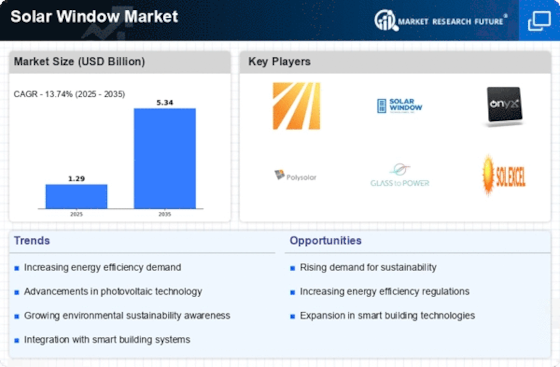
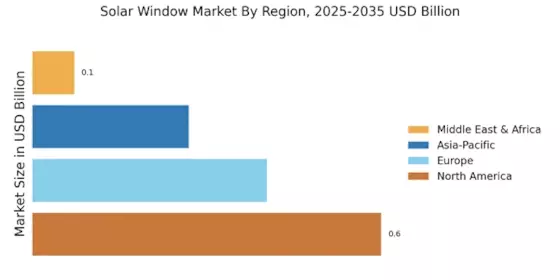
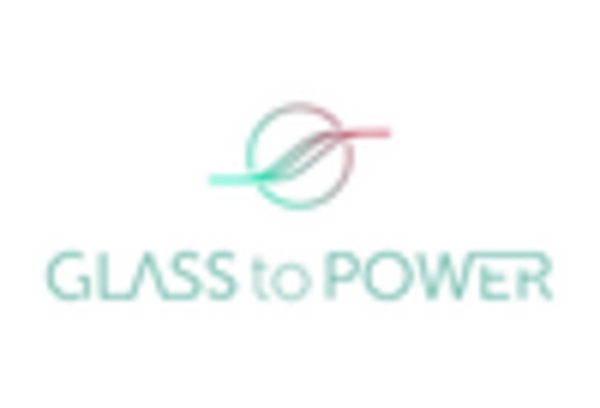
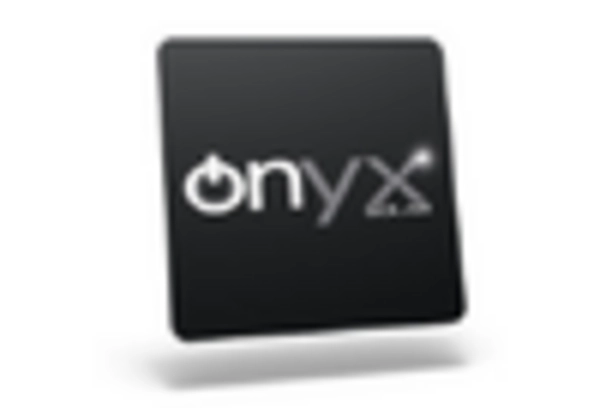
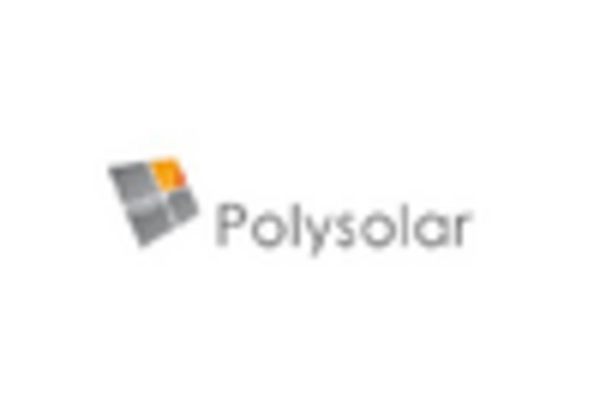

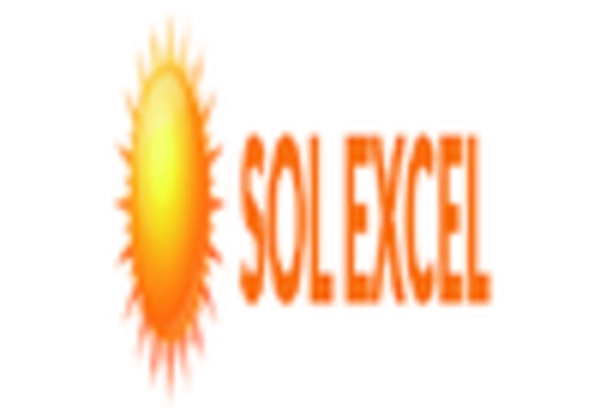
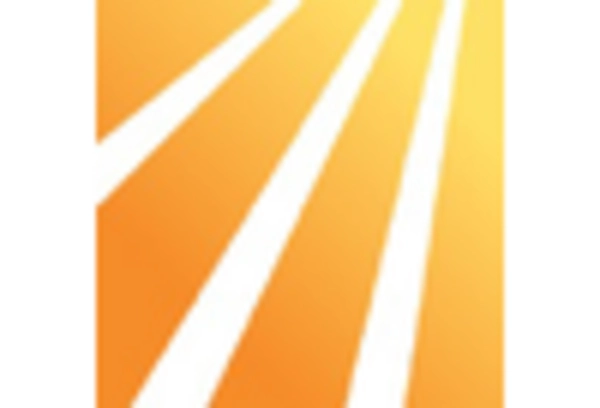








Leave a Comment